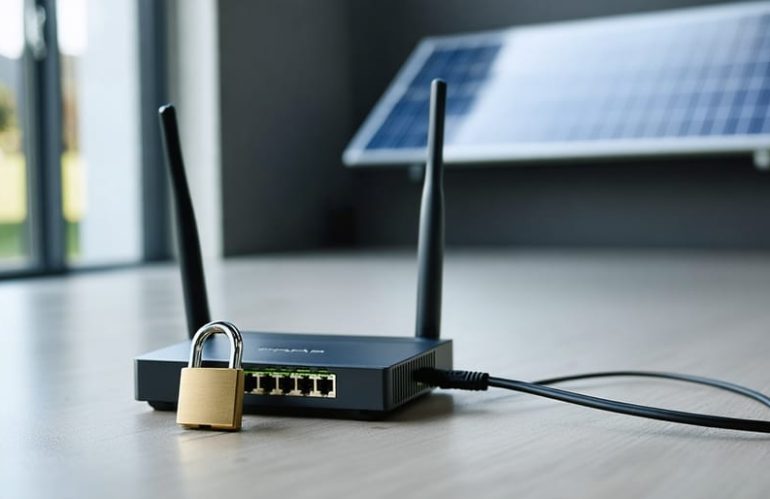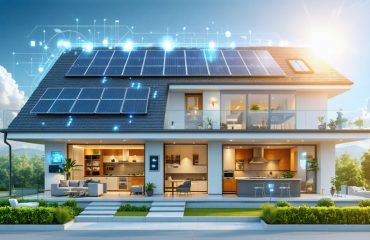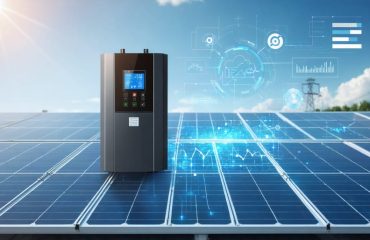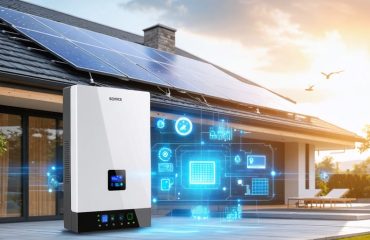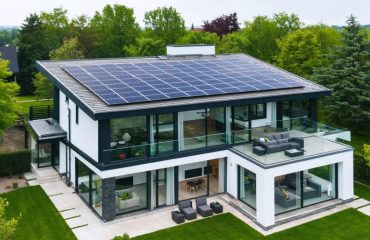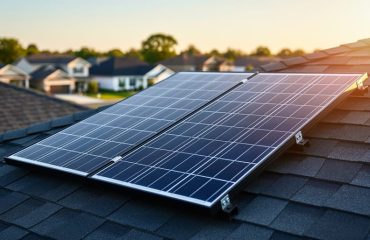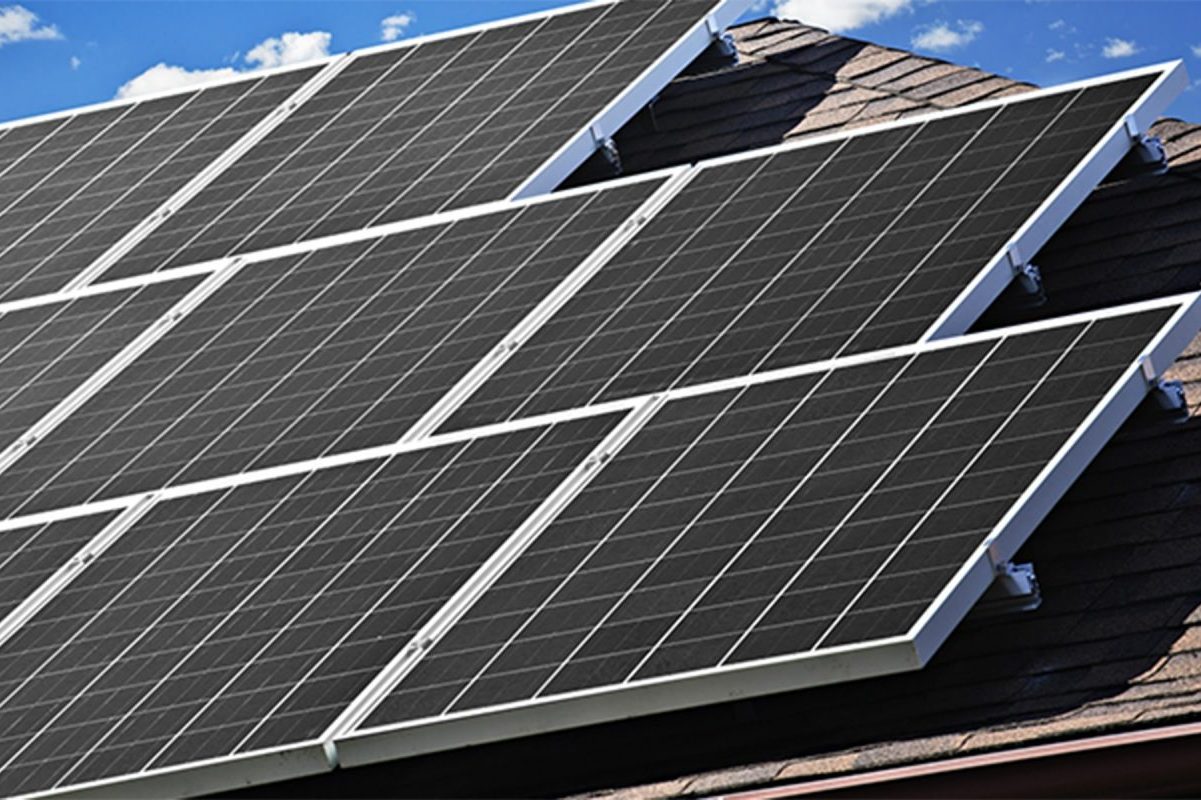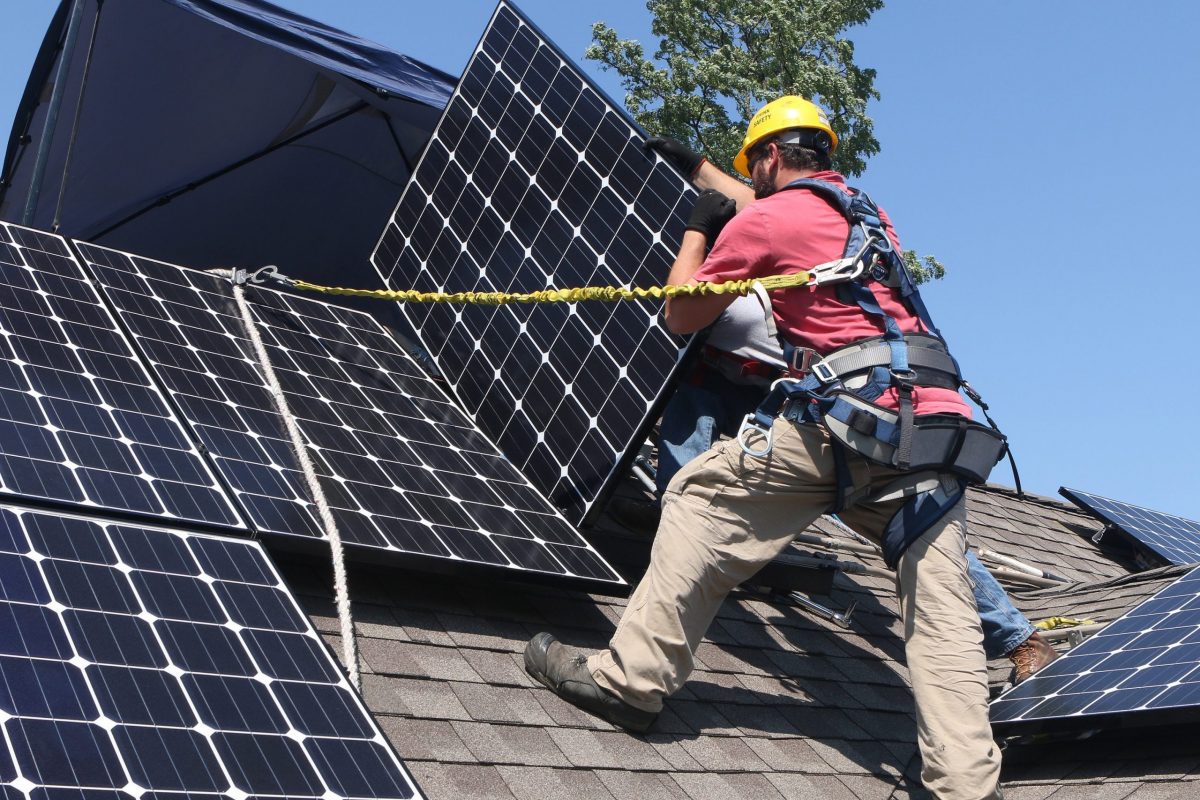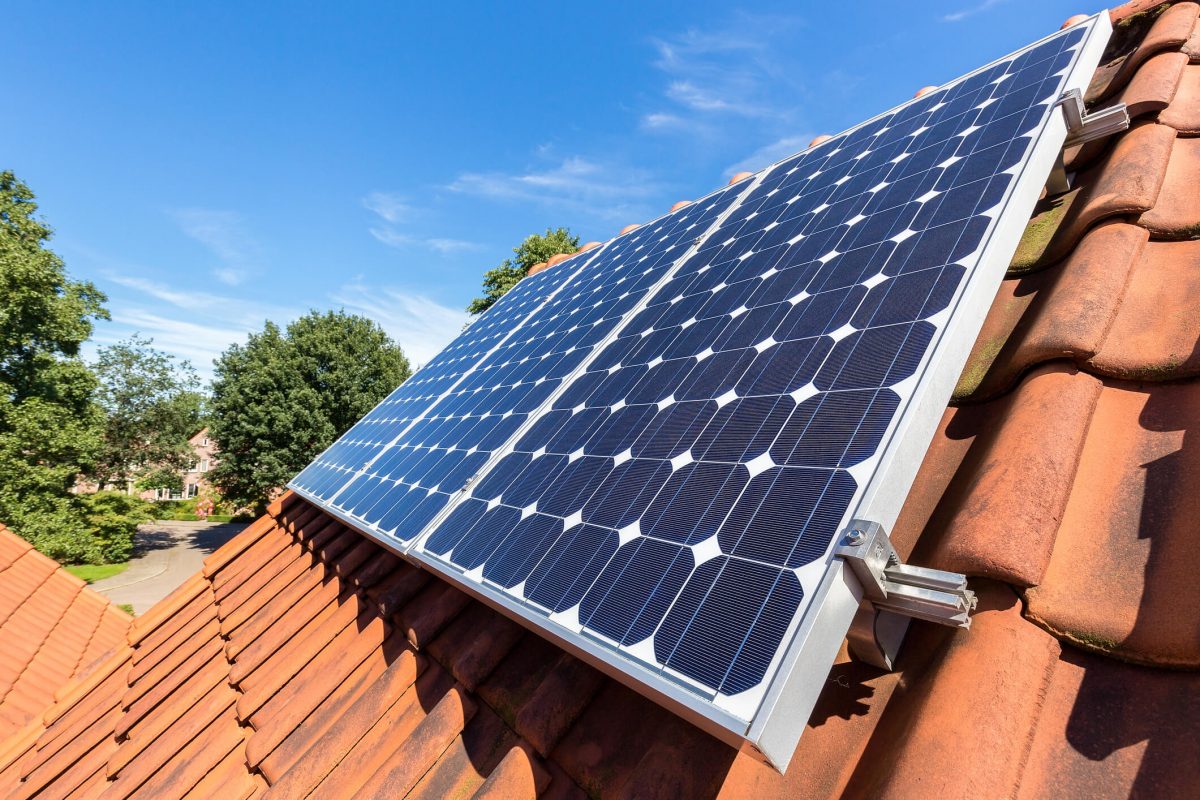Your solar panels generate clean energy and savings—but they also create a digital doorway into your home. Modern solar systems connect to the internet, allowing you to monitor energy production from your phone and enabling utilities to balance the grid. This connectivity brings incredible convenience, yet it also means your solar investment could become a target for cyber threats if left unprotected.
Cybersecurity hardening transforms your solar system from vulnerable to virtually impenetrable. Think of it as installing deadbolts and security cameras for your digital infrastructure—simple upgrades that dramatically reduce risk. The process involves strengthening passwords, updating software regularly, and securing your home network against unauthorized access.
Here’s the good news: protecting your solar investment doesn’t require a computer science degree or a massive budget. Most cybersecurity upgrades are straightforward, one-time actions that take minutes to implement. You’re not just defending against theoretical threats either—poorly secured solar systems have been compromised, leading to system shutdowns, data theft, and even utility grid disruptions.
This guide breaks down exactly what cybersecurity hardening means for homeowners, which upgrades actually matter, and how to implement them without technical headaches. You’ll discover the real risks (and separate them from overblown fears), understand which vulnerabilities exist in typical residential solar setups, and gain a clear action plan to secure your system. Your solar panels should work for you safely and reliably for decades—let’s make sure they do.
Why Your Solar System Needs Cybersecurity Protection
Today’s solar systems are smarter than ever, which is excellent news for your energy savings and convenience. Modern panels connect to the internet through smart inverters that optimize your power production, while monitoring apps let you track your system’s performance from anywhere. This smart home integration means you can see exactly how much energy you’re generating and using in real-time, making it easier to maximize your investment.
However, this connectivity creates a digital doorway into your home network. Think of it like having a smart doorbell or thermostat—these devices connect to your Wi-Fi, and without proper protection, they could potentially be accessed by unauthorized users. Your solar system communicates through your home’s internet connection, sending performance data and receiving software updates. While this makes everything work seamlessly, it also means your system needs the same kind of protection as your laptop or smartphone.
The good news? Protecting your solar investment doesn’t require technical expertise or complicated procedures. Just as you’d lock your front door to protect your physical home, cybersecurity hardening provides simple safeguards for your digital assets. Without basic protection, someone could potentially interfere with your system’s performance or use it as a gateway to access other devices on your network.
The reality is that solar systems are becoming standard targets simply because they’re increasingly common and valuable. But there’s no need for alarm—straightforward security measures can effectively shield your system. Think of it as preventive maintenance for the digital side of your solar investment. By taking a few simple steps now, you’ll ensure your system continues delivering clean, cost-saving energy for decades to come, with complete peace of mind that your investment remains secure and fully under your control.
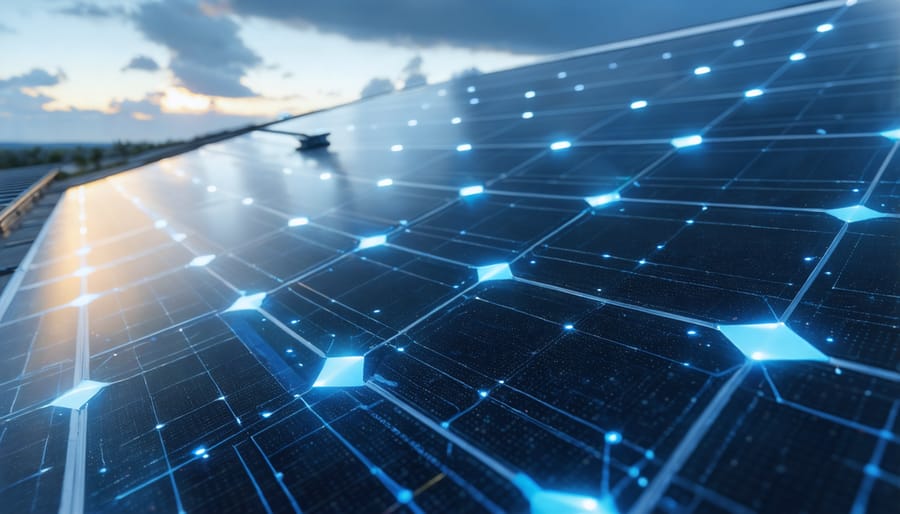
What Cybersecurity Hardening Actually Means for Homeowners
You’ve probably heard “cybersecurity hardening” thrown around and wondered if it’s something complicated you need a computer science degree to understand. Good news: it’s not. Think of it like home security—just for your digital devices instead of your physical doors.
When you lock your front door, close your windows, and maybe install a deadbolt, you’re making your home less appealing to intruders. Cybersecurity hardening works the same way. It’s simply closing the digital entry points that hackers could use to access your solar system, home network, or connected devices.
For homeowners with solar panels, this means taking straightforward steps to protect the technology managing your energy production. Your solar inverter and monitoring system connect to the internet, just like your smartphone or laptop. Without basic protections, these connections can become vulnerabilities.
The core idea behind hardening is reducing your “attack surface”—a fancy term for all the possible ways someone could break in. In practical terms, this means:
Changing default passwords on your solar monitoring apps and inverters (like changing the locks when you move into a new house)
Keeping your system’s software updated with the latest security patches (similar to maintaining your home’s smoke detectors)
Turning off features you don’t actually use (why leave a window unlocked if you never open it?)
You’re not building Fort Knox. You’re simply making smart, manageable choices that protect your solar investment and keep your energy savings flowing. These precautions take minimal effort but provide substantial peace of mind.
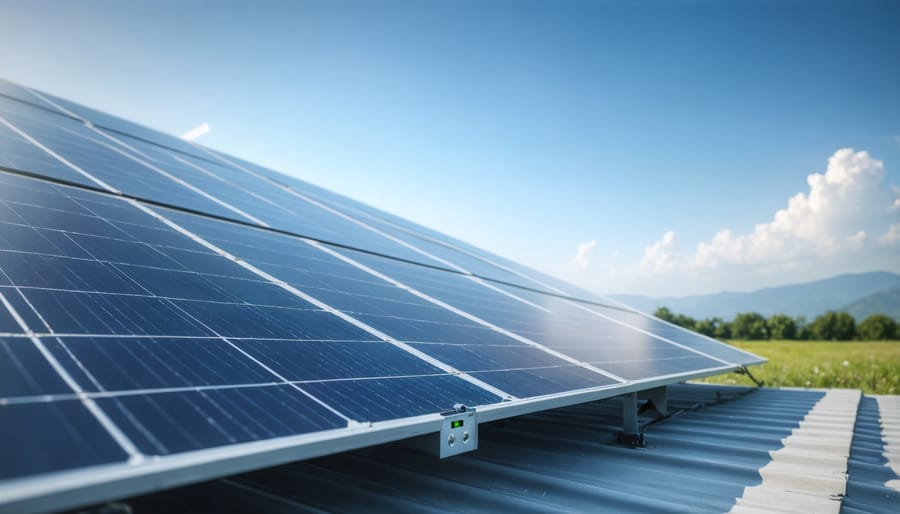
Five Simple Upgrades That Protect Your Solar Investment
Secure Your Inverter and Monitoring System Passwords
One of the simplest yet most effective security upgrades you can make is changing the default passwords on your inverter and monitoring system. Many manufacturers ship equipment with generic passwords like “admin” or “12345,” which hackers can easily find online. Leaving these unchanged is like giving strangers a key to your home’s energy system.
Creating strong passwords doesn’t have to be complicated. Aim for at least 12 characters combining uppercase and lowercase letters, numbers, and symbols. Instead of “password123,” try something like “SunPower$2024Home!” Make each device’s password unique—reusing passwords means one breach could compromise everything.
Managing multiple complex passwords might sound overwhelming, but password managers make it effortless. These secure digital vaults store all your passwords behind one master password, automatically filling them in when needed. Popular options like LastPass, 1Password, or Bitwarden cost just a few dollars monthly and work across all your devices. Think of it as a personal security assistant that remembers everything for you.
By updating your passwords today, you’re taking a proactive step that protects your solar investment and peace of mind—no technical expertise required.
Keep Your System Software Updated
Think of firmware updates as health check-ups for your solar system’s brain. Just like your smartphone needs regular updates to fix security gaps and run smoothly, your solar inverter and monitoring equipment need the same attention. These updates patch vulnerabilities that hackers could exploit to access your system or home network.
The good news? Keeping your solar equipment updated is straightforward. Most modern systems can download updates automatically when connected to your home Wi-Fi, similar to how your phone updates overnight. Check your inverter manufacturer’s app or website quarterly to verify you’re running the latest version. Some systems will notify you when updates are available—don’t ignore these alerts.
Set a reminder every three months to log into your solar monitoring platform and check for available updates. This simple habit takes just minutes but significantly strengthens your system’s defenses. Many manufacturers also offer email notifications about critical security patches, so sign up for these alerts during your initial system setup. By staying current with updates, you’re protecting both your solar investment and your home’s digital security without any technical expertise required.
Separate Your Solar System from Your Home Network
One of the smartest security moves you can make is setting up network segmentation—think of it as creating separate rooms in your digital home. Instead of connecting your solar inverter and monitoring equipment to the same network as your laptop, smartphone, and smart TV, put them on their own isolated network.
Most modern routers make this surprisingly easy through a “guest network” feature you might already have. This creates a separate Wi-Fi connection for your solar equipment that doesn’t communicate with your main devices. If a hacker somehow breaches your solar system, they’ll hit a digital wall—unable to access your personal computers, bank accounts, or family photos.
The setup typically takes less than 15 minutes. Simply access your router settings, enable the guest network option, and connect only your solar-related devices to it. Label it clearly so you’ll remember its purpose.
This approach offers peace of mind without sacrificing the convenience of monitoring your energy production. You’ll still access your solar data through apps and dashboards—you’re just adding an extra security barrier that keeps your valuable personal information protected. It’s like having a separate entrance for service providers: functional and secure.
Enable Two-Factor Authentication on Monitoring Apps
Two-factor authentication (often called 2FA) works like having two locks on your door instead of just one. When you log into your solar monitoring app, you’ll enter your password as usual—that’s the first lock. Then, you’ll receive a unique code on your phone or email that you’ll need to enter within a few minutes—that’s the second lock. This means even if someone somehow gets hold of your password, they still can’t access your system without that second code from your device.
Think of it as an extra safety net for your solar investment. Most monitoring apps make setting up two-factor authentication surprisingly simple—usually just a few taps in your security settings. The small inconvenience of entering an extra code is worth the peace of mind, especially since your monitoring app controls valuable information about your home’s energy production and usage patterns. Many homeowners find that after a week or two, the process becomes second nature, taking just a few extra seconds during login while significantly boosting your system’s security.
Work With Installers Who Prioritize Cybersecurity
Your solar installer plays a crucial role in protecting your system from the start. When designing your solar system, choose professionals who treat cybersecurity as a priority, not an afterthought.
Ask potential installers these important questions: Do they change default passwords on all equipment before handoff? What cybersecurity training have their technicians received? Can they provide documentation of their security practices? Request information about any relevant certifications or partnerships with cybersecurity-focused organizations.
Inquire about ongoing support too. Will they notify you when firmware updates become available? Do they offer annual security checkups? What’s their process for responding to new vulnerabilities? A quality installer should have clear answers ready.
Don’t hesitate to ask for references from other homeowners. Find out if previous clients felt supported after installation, especially regarding software updates and security questions.
Remember, you’re making a long-term investment in your home. Working with installers who understand modern security challenges means you’ll enjoy the financial and environmental benefits of solar energy with greater peace of mind. The right professional partnership sets you up for decades of secure, efficient solar power generation.
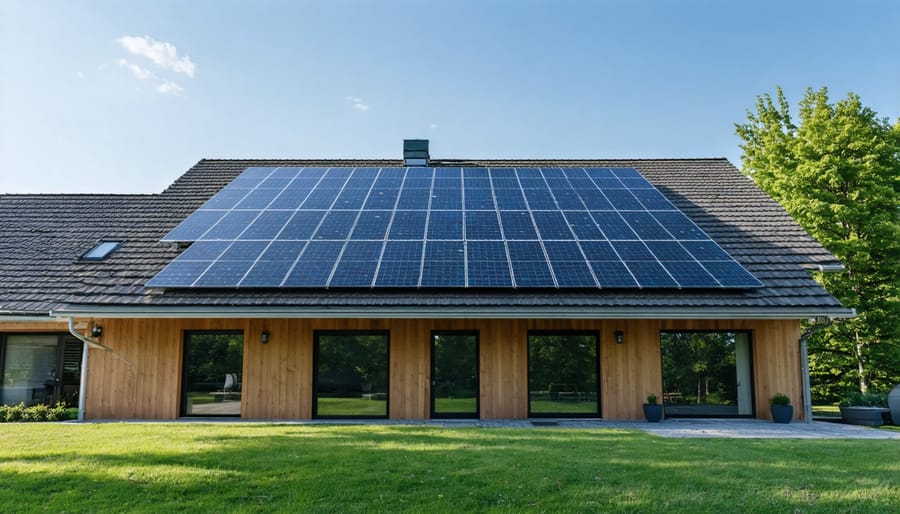
What Happens If Your System Gets Compromised
Let’s be honest about what could happen if someone gained unauthorized access to your solar system—without creating unnecessary worry. The reality is that modern solar systems are quite resilient, and with proper cybersecurity measures in place, you’re well protected.
If a security breach did occur, the most likely scenarios are relatively minor inconveniences rather than catastrophic failures. Your system might experience temporary disruptions in energy production, meaning your panels could go offline for a period until you restore control. You might see incorrect data on your monitoring app, showing inaccurate energy production numbers or consumption patterns. In some cases, system settings could be altered, potentially affecting how efficiently your panels operate or how your battery storage charges and discharges.
The financial impact could include receiving billing statements that don’t match your actual energy usage, or missing out on optimal energy savings if someone manipulates when your system draws from or sends power to the grid. Some homeowners worry about hackers taking complete control, but modern systems have built-in safety mechanisms that prevent dangerous physical damage or electrical hazards.
Here’s the reassuring part: these scenarios are increasingly rare and entirely preventable. Think of it like locking your front door—a basic but effective precaution. With proper cybersecurity hardening measures in place, your solar investment remains secure and functions exactly as intended. The protective steps we’ll discuss throughout this article significantly reduce these already-minimal risks, giving you peace of mind while you enjoy clean, cost-saving energy. Your solar system’s primary job is making you money and helping the environment, and proper security ensures nothing interrupts that mission.
Common Myths About Solar Cybersecurity
Let’s clear up some common misunderstandings that might be holding you back from protecting your solar investment.
**Myth #1: “My solar system is too small to be a target.”** Many homeowners believe hackers only go after large commercial installations, but that’s simply not true. Cybercriminals often use automated tools that scan for any vulnerable device connected to the internet—regardless of size. Your home solar system can be just as exposed as any other smart device in your house. The good news? Basic security measures work effectively for systems of all sizes.
**Myth #2: “Cybersecurity is too complicated for average homeowners.”** While the term “cybersecurity hardening” might sound intimidating, the reality is much simpler. Most protective measures are straightforward: changing default passwords, enabling automatic updates, and checking your system’s app settings. Think of it like locking your front door—it’s a simple habit that makes a big difference. You don’t need to be a tech expert to keep your solar system secure.
**Myth #3: “The manufacturer handles all the security.”** This is perhaps the most dangerous misconception. While manufacturers do provide initial security features, ongoing protection is a shared responsibility. Manufacturers release updates and patches, but you need to install them. They provide password protection, but you need to change the defaults. Consider it similar to your smartphone—Apple or Android provide security features, but you still need to use strong passwords and keep your apps updated.
The truth is, protecting your solar system is both important and achievable. With a few simple steps, you can significantly reduce your risk while continuing to enjoy the financial and environmental benefits of solar energy.
Protecting your solar investment doesn’t require an engineering degree or a massive budget. Cybersecurity hardening is a straightforward, practical step that ensures your solar panels continue delivering the financial savings and environmental benefits you invested in. Just as you’d lock your doors to protect your home, securing your solar system protects it from digital threats that could compromise its performance or your privacy.
The good news? These upgrades are becoming increasingly accessible and affordable. When you’re planning your solar installation or looking to upgrade your existing system, simply ask your installer about cybersecurity options. Questions like “What network security features are included?” and “Can we set up a separate network for my solar equipment?” show you’re a smart, informed homeowner who takes their investment seriously.
Think of cybersecurity hardening as preventive maintenance for the digital side of your system. It’s not about living in fear of hackers—it’s about being proactive and responsible. After all, you’ve already made the forward-thinking choice to go solar. Adding these security measures is simply the next logical step in protecting that decision.
With proper cybersecurity measures in place, you can enjoy your solar panels with complete peace of mind. Your system will keep generating clean, sustainable energy while your family reaps the financial rewards—all while staying secure from digital threats. That’s smart solar ownership, and it’s well within your reach.

